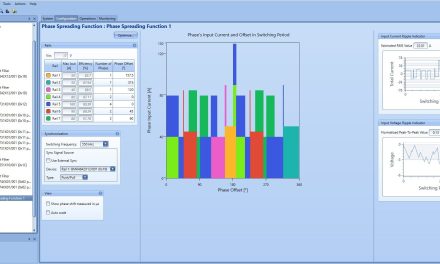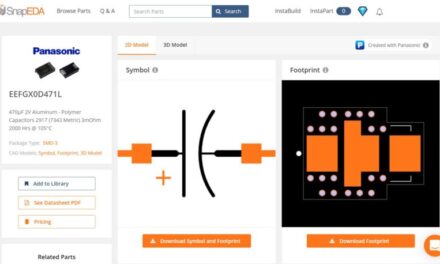With the advancements in technology, the way we are designing and constructing our cities is changing — especially with the convenience of crowd and pedestrian management software at our fingertips. Together with Oasys Ltd, designers of building design software, we consider how software has been used in the planning process of city spaces.
Software for urban planning
Crowd and pedestrian management software is commonly used for urban planning projects. It is capable of simulating thousands of people so that they can be imported into digital models of city spaces. The simulated agents can act intelligently according to set guidelines.
There are multiple ways this software can be used. For architects designing a new building or arena that has the potential to host thousands of people, this technology can be used to simulate an evacuation. The crowd can be monitored to see what collisions they come across and how well they can achieve the goal of escaping the building.
The software itself is commonly used on a wide range of projects, including public transport stations to help prepare for emergency scenarios. With the rise of terror incidents across Europe, the use of crowd simulation and preparing for unlikely situations is more important than ever.
Gathering geographic data
More projects are beginning to use geographic information systems, otherwise known as GIS, which can accumulate data from a range of sources and deliver it efficiently to the end user.
One advantage of using a GIS is the ability to use the multilayer mapping feature. Similar to a density map, this feature allows the user to see a range of measures on one area. For example, potential agricultural land, areas which are prone to flooding and erodible land can all be visible on one map. This allows urban planners to visualise areas that would not be suitable for building on.
The brilliance of this system makes the process much easier for all involved, allowing planners to see if permits have been issued before — saving them a lot of time when it comes to requesting. The success of potential businesses can be analysed too by measuring their proximity to potential competitors and customers.
Visualising the finished product
Building information modelling (BIM) has the ability to present a proposed building on the land they are looking to use without the physical labour. This technology is becoming more important in the design of ‘smart cities’, to test out the impact of the building before construction goes ahead.
There are a lot of potential problems when urban planners are looking to build on an area that has already been established. However, BIM can inform system managers of a wide range of factors. For example, the software could show how deep to dig in order to not crash into a fibre optic cable.
The great thing about BIM is that it allows urban planners to be collaborative and involve all of the necessary people in the project. For example, workers on drainage construction and landscaping can consult the same model to help better inform their decisions.
Tony Andrews, who had worked on a Crossrail project, said: “Some of the drilling that we did for this project was within centimeters of the existing underground tunnels in London. It was absolutely incredible”.
Future building and technological growth
As technology is constantly being developed, urban planners are able to make use of new technology to enhance the building process. One of these, not used for urban planning yet, is an open-source software that has been developed in New York. It is currently a system that creates a map using data to visualise how people move through cities. Heat spots on the map become more intense when areas are popular.
What makes this technology stand out is that it can identify when the city space is mostly used, and the types of people occupying it. At the moment, the data is collected from Flickr and Twitter uploads, and this is planned to expand to other social networks.
The visibility is also great for project planners, as they can see which space is the busiest in real time. It will also be possible to make comparisons between cities and replicate planning of structures if it has been successful in a city that runs in the same way.
Sources:
https://www.geospatialworld.net/article/building-smart-cities-with-bim/
http://gis.usc.edu/blog/why-is-gis-important-in-urban-planning/
https://www.curbed.com/2017/9/22/16350214/urban-pulse-planning-design-cities-nyu
https://www.gim-international.com/content/article/benefits-of-gis-in-urban-planning



